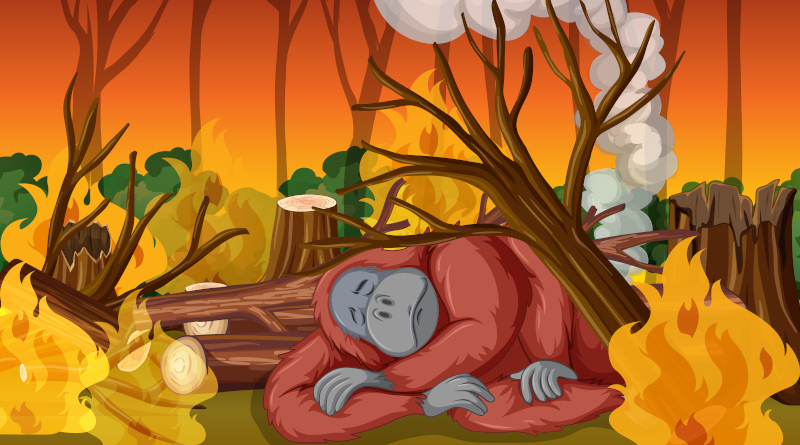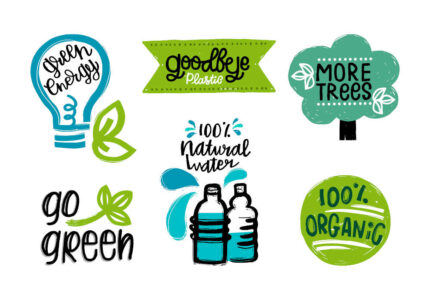The impacts of climate change are usually visible in the long run.
- Forced migration
- Loss of livelihood opportunities
- Monsoon variability, flood and draughts
- Bushfires
- Food security
- Decreased yield
- Water scarcity
- Health
- People may suffer from heat stress (hot conditions)
- Warmer temperatures may lead to spread of diseases through water and food
- Psychological impacts – drought may cause depression and stress.
- Infrastructure
- Electricity demand rises sharply during heatwaves – more investment in generation and network capacity.
- Roads are at risk due to increasing sea levels
- Melting of polar ice
- Desertification
- Acidification of oceans
- Extinction of species
- Extreme weather phenomena
- Ecosystems
- Climate warming causes land and ocean life to migrate away from areas that have become too warm, and towards areas that previously were too cool.
- In many places, climate change is likely to lead to invasion by new species and extinctions of some existing species that will have nowhere to migrate.
- Carbon dioxide affects ecosystems both positively and negatively – CO2 fertilisation in land, enhancing growth in some plants and trees – absorption of CO2 into the ocean causes ocean acidification, impeding shell formation
- Decreased availability of freshwater
- Reduced snow cover
- Affect tourism
- Storms
- More water vapour is evaporated into the atmosphere, it becomes fuel for more powerful storms to develop.
- More heat in the atmosphere and warmer ocean surface temperatures can lead to increased wind speeds





